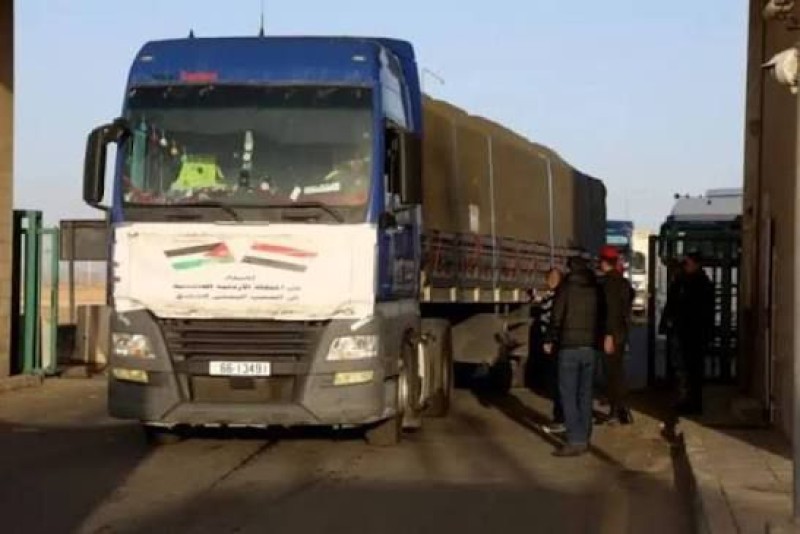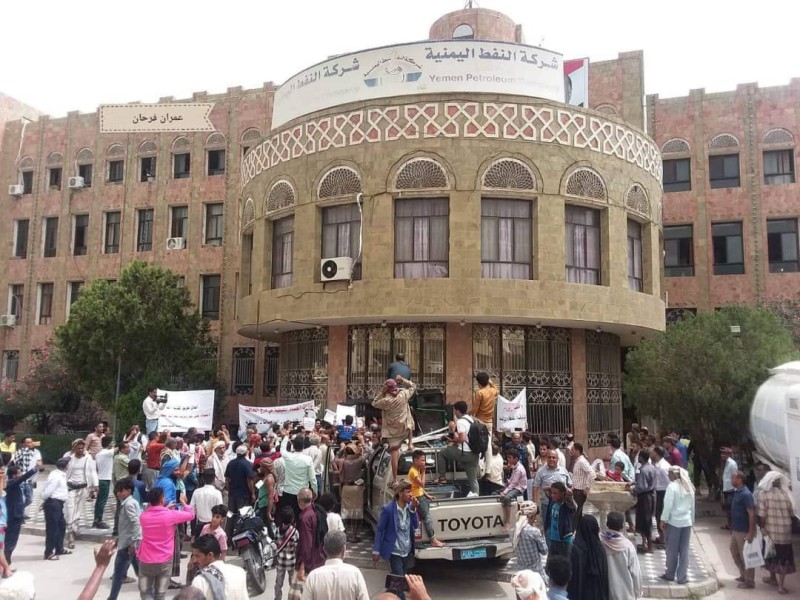Yemen Marks World Food Day with a Plea for Increased Investment in Water Resources Management for Sustainable Agrifood Systems


The Food and Agriculture Organization of the United Nations (FAO) in Yemen today joined the Ministry of Agriculture, Irrigation and Fisheries (MAIF) in celebrating the World Food Day at an event held in Lahj.
Today’s event was preceded by other World Food Day celebrations held in Sana’a, Aden, Dhamar and Mukalla in the last few days. All events were attended by farmers, pastoralists, agro-pastoralists, beekeepers and fisher folks, government officials, students, and FAO Yemen staff.
The FAO Representative in Yemen, Dr Hussein Gadain, said this year’s theme, Water is Life, Water is Food, and the slogan Leave no one behind, is a confirmation of the direct link between water and livelihoods. However, Dr Gadain added, while some societies with water in abundance take such a connection for granted, this is not the case in Yemen where water is scarce.
“We take this opportunity to highlight how the grip of water shortage continues to tighten around many Yemenis, thus dampening their aspirations for better production, better environment, better nutrition, and better life. To address this, we need more investment in technologies to make rain-fed and irrigated agriculture more resilient and productive, as well as technical work to support sound water policies and investments in infrastructure and research,” said Dr Gadain.
Dr Gadain added that FAO in Yemen was working with the authorities to strengthen the policy and regulatory framework, for example, establishing strong policy directions as well as science-policy interface regarding water use.
All venues where this year’s activities were held were hives of activities as farmers, pastoralists, agro-pastoralists, beekeepers, and fisher folks proudly displayed their products and equipment. The products on exhibition represent the wide array of the emergency, resilience, and development-focused interventions implemented by FAO in Yemen. These interventions are made possible through the generous support of various development partners.
The Lahj event was mixture of public displays and a mini football tournament where teams made up of participants in FAO implemented projects took part. All events held to mark this year’s World Food Day were used to highlight the impact of water scarcity in Yemen and to showcase some of the solutions which have been proven to work in the country.
The ramifications of water shortages reverberate throughout the Yemeni society diminishing the restoration and development of sustainable agri-food systems, threatening food, and nutrition security Water scarcity causes the spread of bacterial diseases as well as triggering conflicts over the resource.
Agricultural production accounts for 90 percent of water withdrawal in Yemen, against a global average of 70 percent. Qat, a mild stimulant regularly chewed by about 70 percent of Yemeni men, accounts for around 30 percent, of these massive water withdrawals. Qat production raises the consumption of underground water to unsustainable rates; poses several health and social problems; and discourages production of essential export and food products.
FAO has enhanced institutional development by educating and training farmers by establishing Water User Associations (WUAs) to resolve conflicts over water resources and efficiently use available resources. Women are actively participating in these local level water resources management.
In Yemen, FAO is supporting integrated water resources management (IWRM) into national sustainable development strategies, policies and cross-sectoral investment plans. This ensures that Yemen meets the growing need for food production and equitable access to food. These measures also curtail and reverse environmental degradation and climate change impacts.
FAO piloted an IWRM project in the Sana’a Basin where water use on irrigated land was reduced by 19 percent; from 72.6 cubic metres per hectare a year to 58.56 cubic metres a hectare per year. This was achieved through adoption of modern irrigation equipment, piped conveyance systems, protected agriculture (greenhouses), recharge of underground aquifers, planting perennial tree crops (almonds and peaches), and use of rehabilitated water harvesting infrastructure. Close to 150,000 almond seedlings were planted through FAO initiated interventions in the Sana’a basin. Growing almonds dampens the appetite for growing Qat.
Following this success, FAO, with funding from different development partners, has implemented a project in Wadi Hajr where, there is strengthening of community watershed governance and promotion of ecological and restorative agriculture, for Following this success, FAO, with funding from different development partners, has implemented a project in Wadi Hajr where, there is strengthening of community watershed governance and promotion of ecological and restorative agriculture, for example growing wheat. Similarly, in Wadi Hadramout, FAO helped to mitigate water-based conflicts with the inclusion of women as conflict-resolution agents and introduced drought-tolerant crops as a climate change mitigation measure. It has been the same case in Abyan, Dhamar, and Hadramout where projects enhancing water governance, food security, and reconciliation in conflict-affected communities are implemented.

Hodeidah — Two members of the Iranian-backed Houthi militia were killed and five others wounded in a landmine explosion near Hodeidah airport…

Aden —A humanitarian convoy from Jordan, consisting of 13 trucks loaded with relief supplies, has arrived in Yemen to support communities aff…

Taiz — Administrative operations at the Taiz Governorate building have resumed following several days of closure caused by an open sit-in sta…